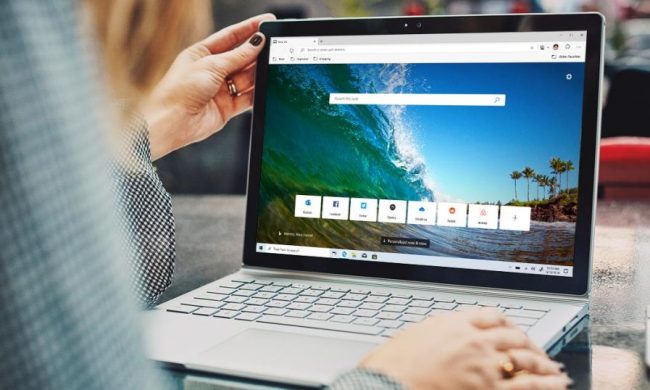The Big Life Fix is a BBC series that got underway Wednesday. Lawton was featured in the first episode of the series, which focuses on people in need who turn to some of the United Kingdom’s top inventors for solutions to problems that affect their day-to-day life.
Other projects being tackled by the show include a solution for a terminally ill photographer who can no longer operate a camera, and the construction of a specialized BMX bike for a child born with no hands or feet.
Parkinson’s disease can cause sufferer’s hands to shake uncontrollably, making even simple actions almost impossible to carry out. Lawton’s tremor was becoming so severe that her career as a graphic designer was in serious jeopardy, according to a report from MS Power User.
Zhang previously created cutlery for disabled people that reacts to their movements to avoid spilling food. Building upon that foundation, she was able to create a wrist-worn device — dubbed the Emma — that helps facilitate drawing and sketching by counteracting the impulses being sent to the wearer’s arm.
The Emma intentionally shakes the user’s arm, interrupting the feedback loop that impedes normal movement. While wearing the device, Lawton was able to draw straight lines, and even write legibly. Since the BBC program was filmed, she’s apparently been wearing the Emma on a daily basis.
Zhang currently has no plans to develop the Emma into a commercial release, having designed the device to fit Lawton’s particular needs. However, she hopes that others will take the basis of the technology and continue to develop it further.
Microsoft featured the Emma during a keynote at Build 2017, showing clips from The Big Life Fix, and inviting Zhang and Lawton up on stage with Microsoft CEO Satya Nadella.
“I’m always inspired when I listen to these stories of an individual developer who develops a deep sense of empathy for a scenario, and other human beings, and then goes after it with this most malleable of resources we have — software — and changes the world,” said Nadella, introducing the video detailing the project.
Updated 05-10-2017 by Brad Jones: Added that the Emma device was showcased as part of Microsoft’s keynote at Build 2017.


